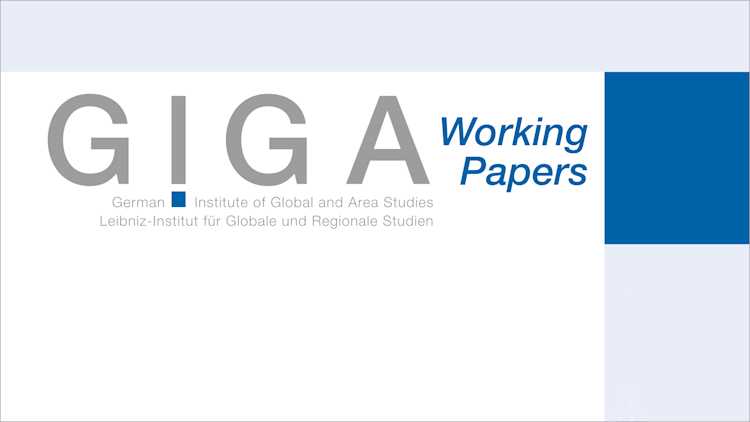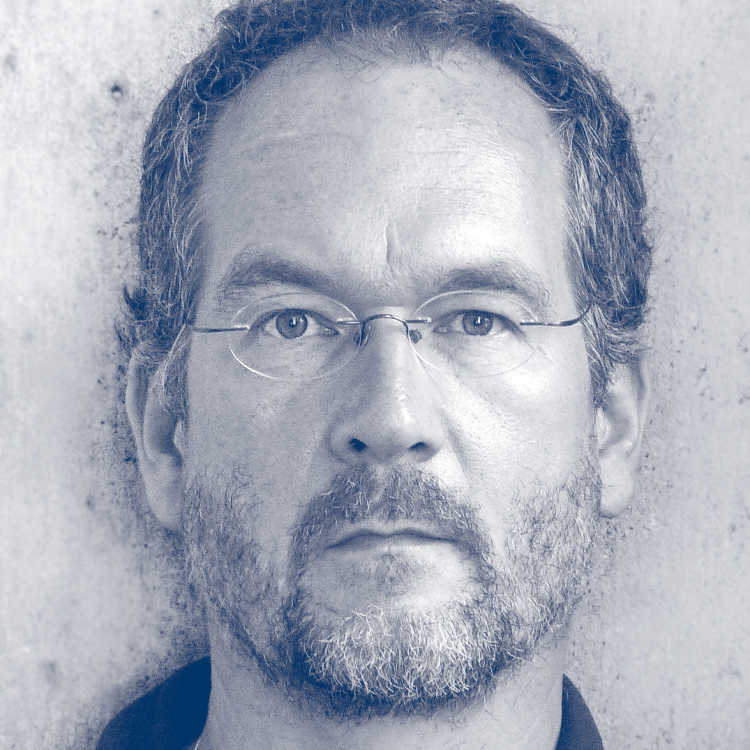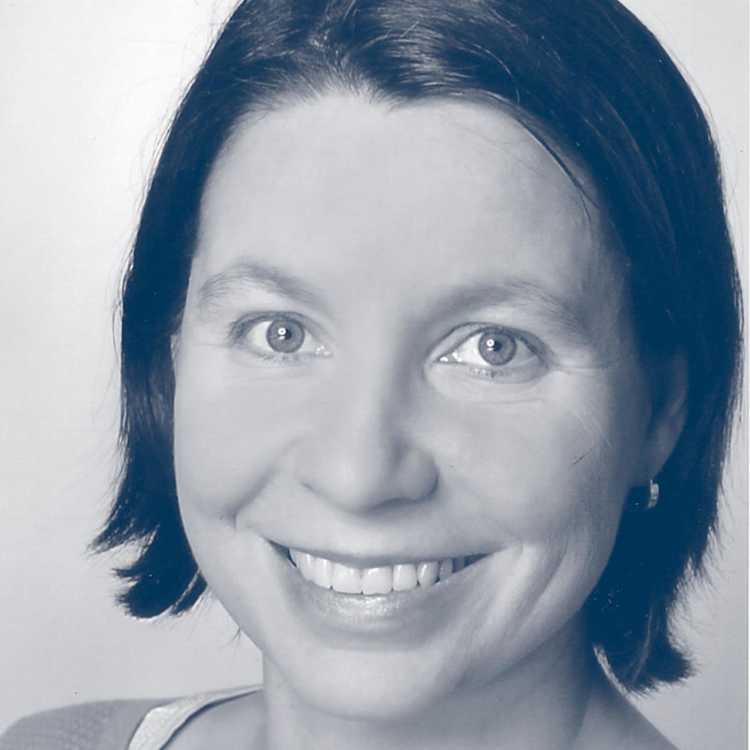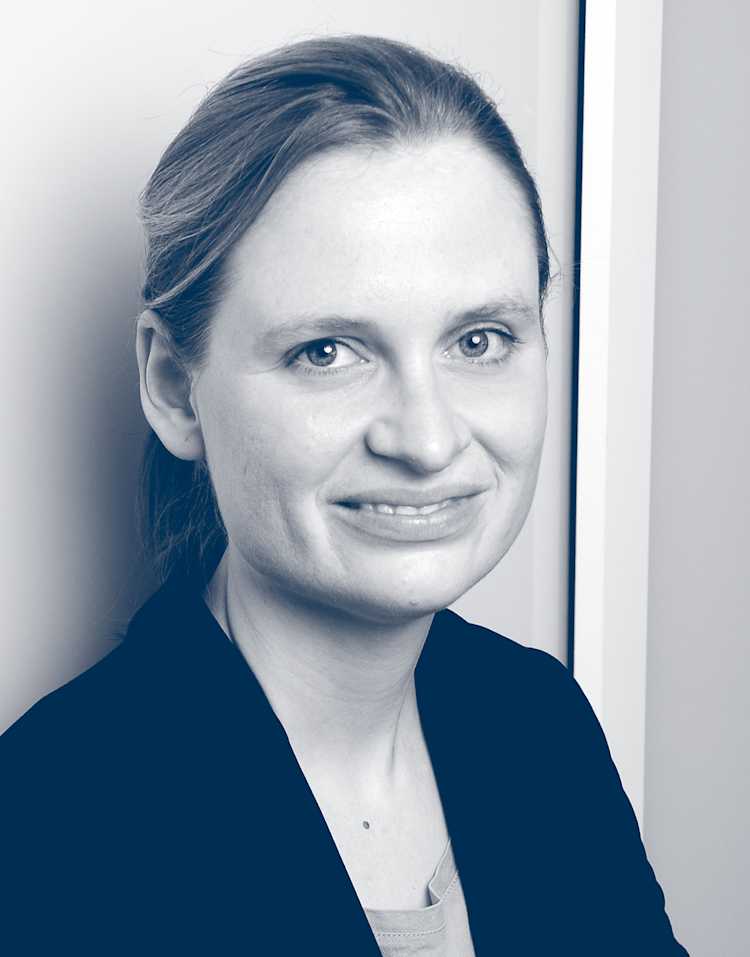- Home
- Publications
- GIGA Focus
- Mitteleinkommensland Ghana: Realitäten hinter der Statistik
GIGA Focus Africa
Mitteleinkommensland Ghana: Realitäten hinter der Statistik
Number 2 | 2014 | ISSN: 1862-3603
Ghana gilt in politischer Hinsicht schon seit Längerem als „Musterstaat“. Nun macht das Land auch dank anhaltend hoher Wirtschaftswachstumsraten positive Schlagzeilen. Welche sozialen und strukturellen Entwicklungen verbergen sich hinter diesen Meldungen?
Analyse Ghana zählt seit dem Jahr 2010 zur Kategorie der Länder im Bereich der unteren Mitteleinkommen. Die jährlichen Wachstumsraten erreichen Weltspitzenniveau. Die internen und externen Erwartungen an das „Musterland“ sind hoch. Schon sieht sich die Regierung zielstrebig auf dem Weg zum oberen Mitteleinkommensland, während andere die Statistiken über die reale Entwicklung für wenig aussagekräftig halten. Binnen weniger Jahrzehnte hat sich Ghana von einem der Armenhäuser Afrikas zu einem Land mit hohen Wachstumsraten entwickelt – dank hoher Exporteinnahmen für Gold und Kakao sowie jüngeren Öl- und Gasfunden. In der Armutsbekämpfung hat das Land signifikante Fortschritte gemacht.
Die Ghanaer haben ihren Ruf als friedliche Nation mit einer nunmehr 20-jährigen Demokratie durch freie und faire Wahlen im Jahr 2012 erneut bestätigt.
Die Bedingungen für weitere Entwicklungsfortschritte scheinen gut. Doch die Wirtschaftsstruktur bleibt ungleichgewichtig. Zugleich ist die Armut in einigen Regionen des Landes und Bevölkerungsschichten nach wie vor weit verbreitet.
Die ghanaische Regierung hat ambitiöse Pläne. Dazu knüpft sie neue internationale Beziehungen, unter anderem mit China und Indien, die neue Handels- und Finanzierungsoptionen eröffnen.
Angesichts der fortbestehenden strukturellen Herausforderungen ist der Weg zum höheren Mitteleinkommensland kein Selbstläufer. Differenzierte, armutsorientierte Strategien sind notwendig.
Footnotes
How to cite this article
Maria Tekülve (2014), Mitteleinkommensland Ghana: Realitäten hinter der Statistik, GIGA Focus Africa, 2, Hamburg: German Institute for Global and Area Studies (GIGA), http://nbn-resolving.de/urn:nbn:de:0168-ssoar-382207
Imprint
The GIGA Focus is an Open Access publication and can be read on the Internet and downloaded free of charge at www.giga-hamburg.de/en/publications/giga-focus. According to the conditions of the Creative-Commons license Attribution-No Derivative Works 3.0, this publication may be freely duplicated, circulated, and made accessible to the public. The particular conditions include the correct indication of the initial publication as GIGA Focus and no changes in or abbreviation of texts.
The German Institute for Global and Area Studies (GIGA) – Leibniz-Institut für Globale und Regionale Studien in Hamburg publishes the Focus series on Africa, Asia, Latin America, the Middle East and global issues. The GIGA Focus is edited and published by the GIGA. The views and opinions expressed are solely those of the authors and do not necessarily reflect those of the institute. Authors alone are responsible for the content of their articles. GIGA and the authors cannot be held liable for any errors and omissions, or for any consequences arising from the use of the information provided.









